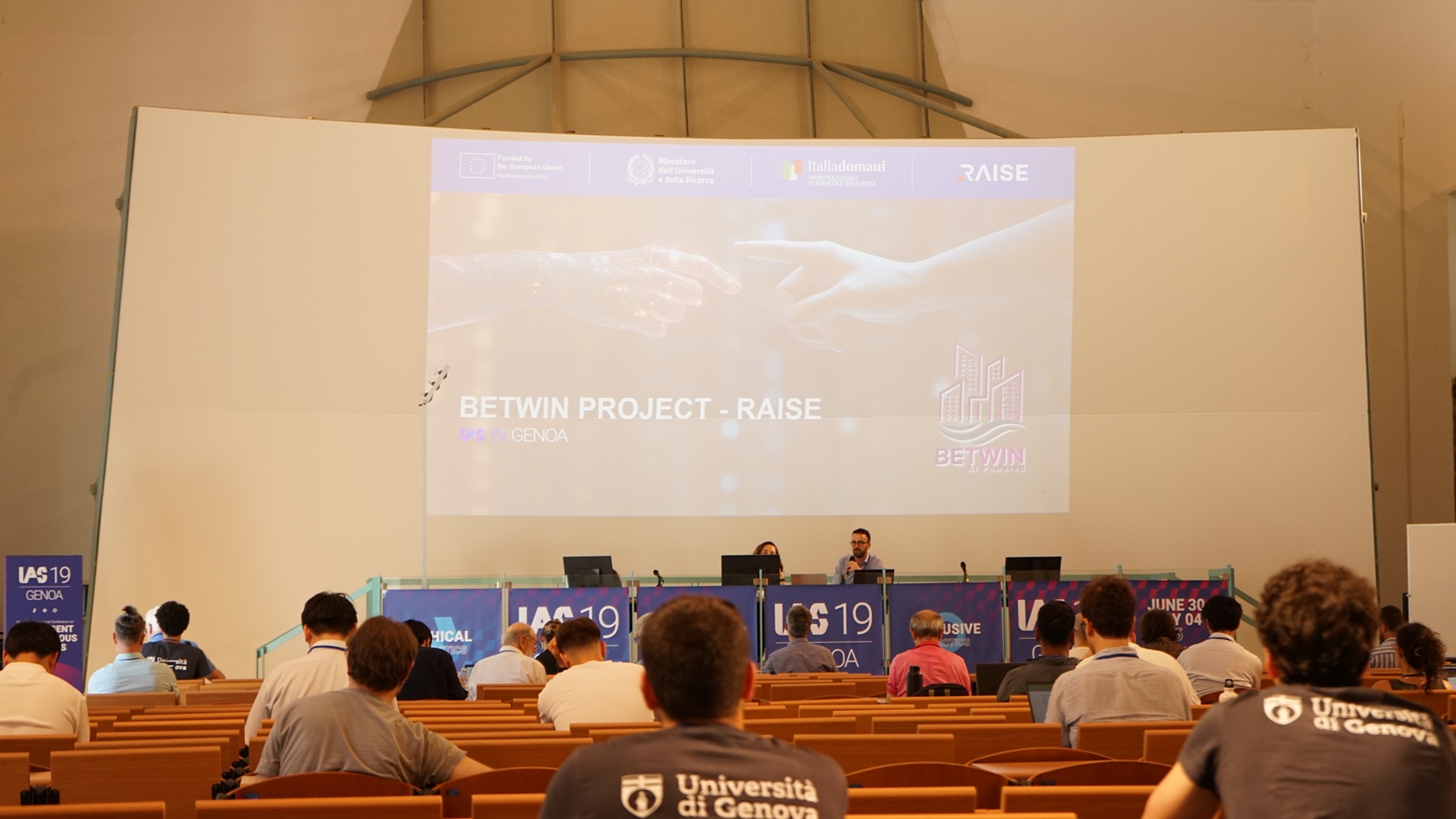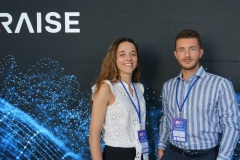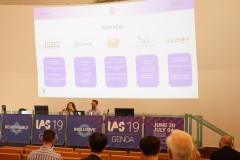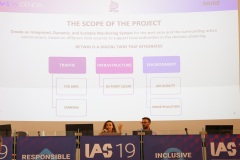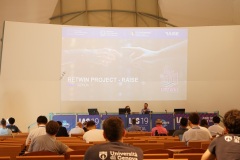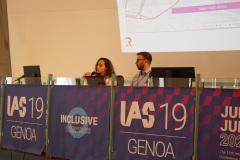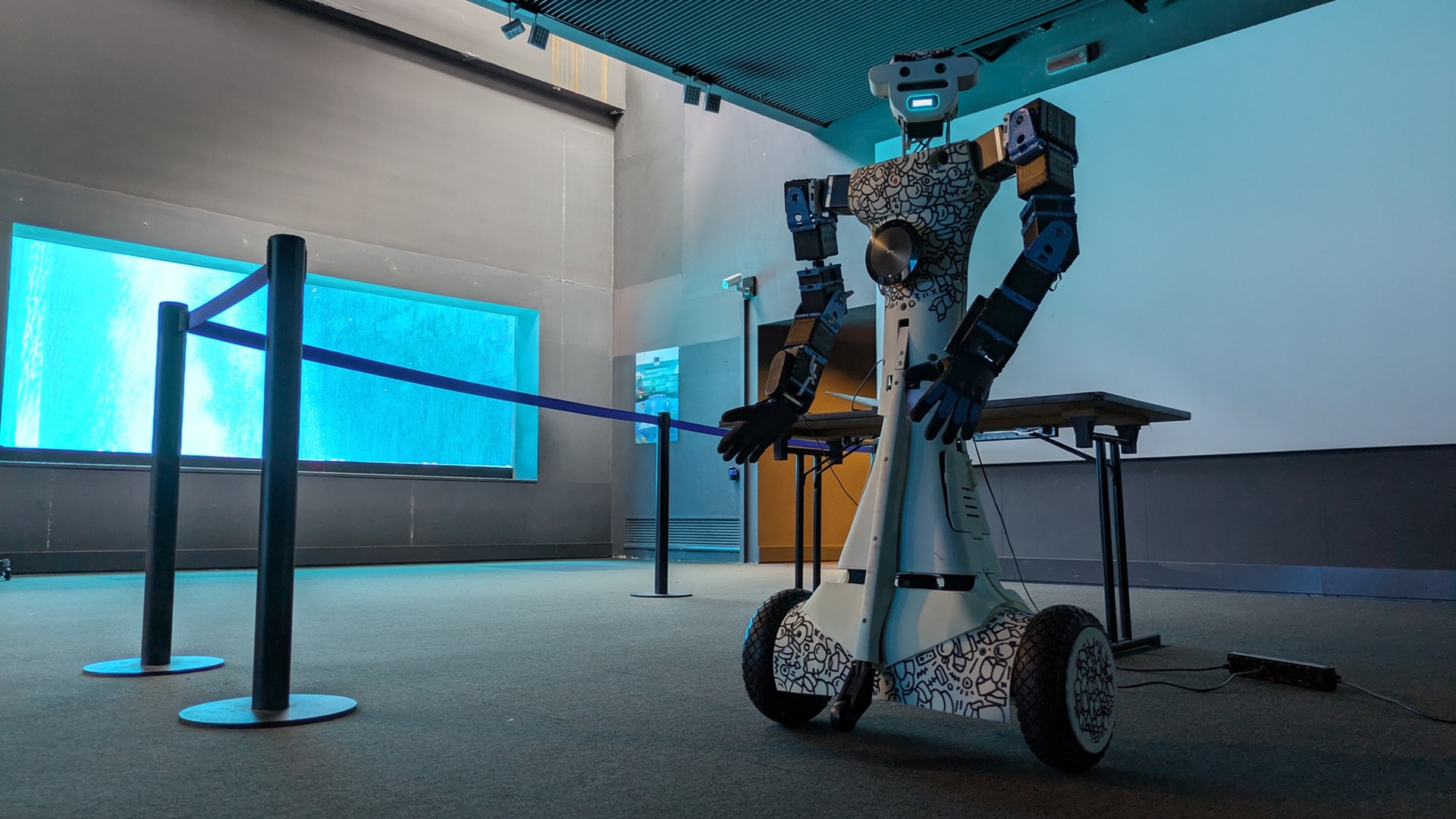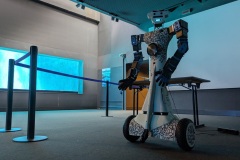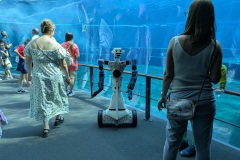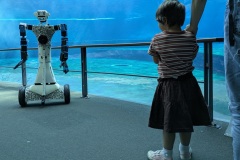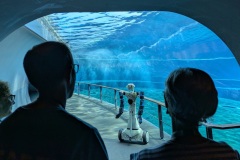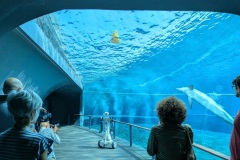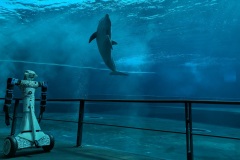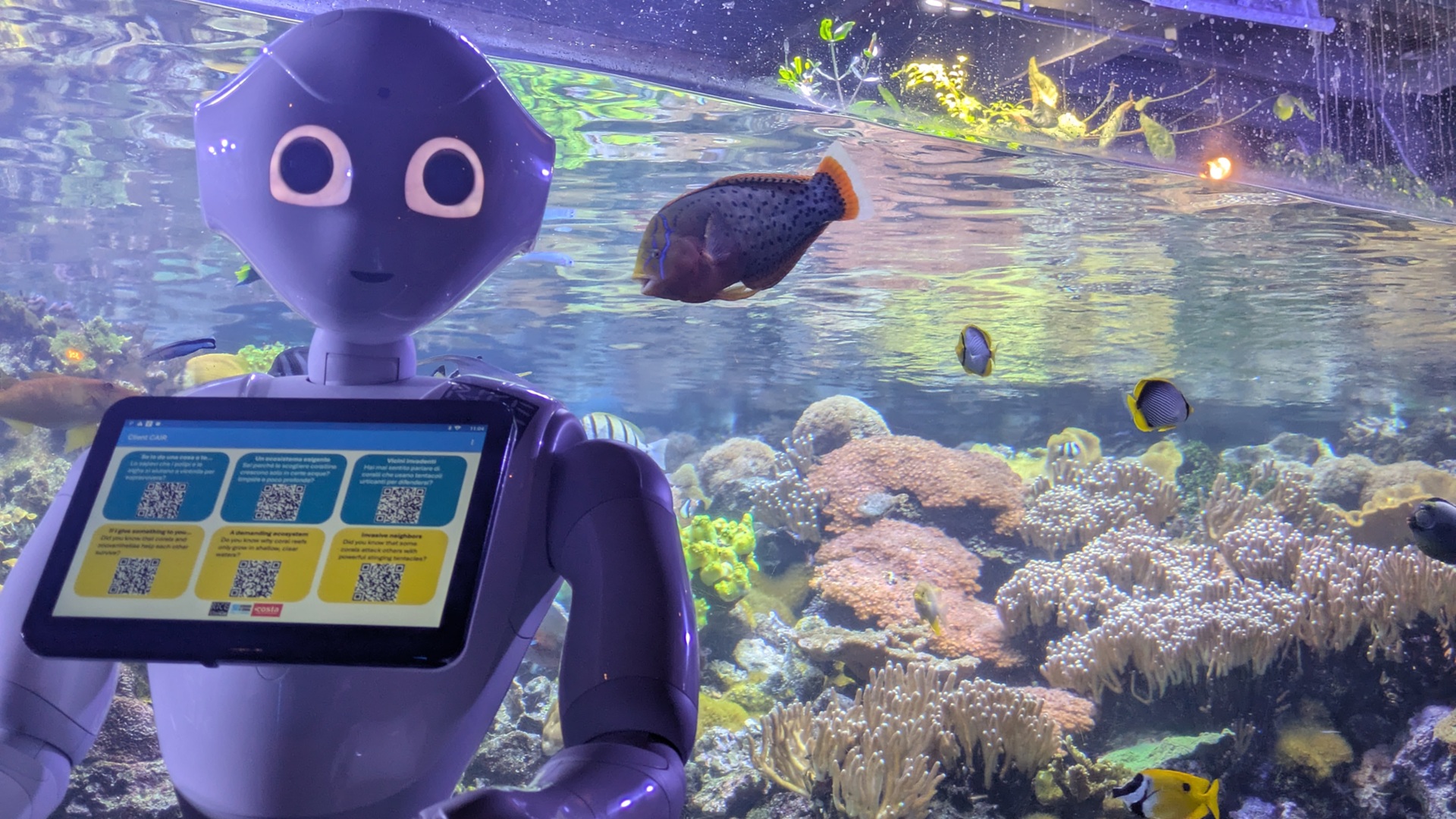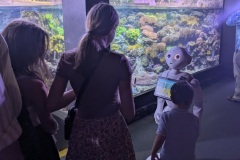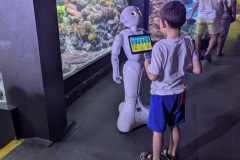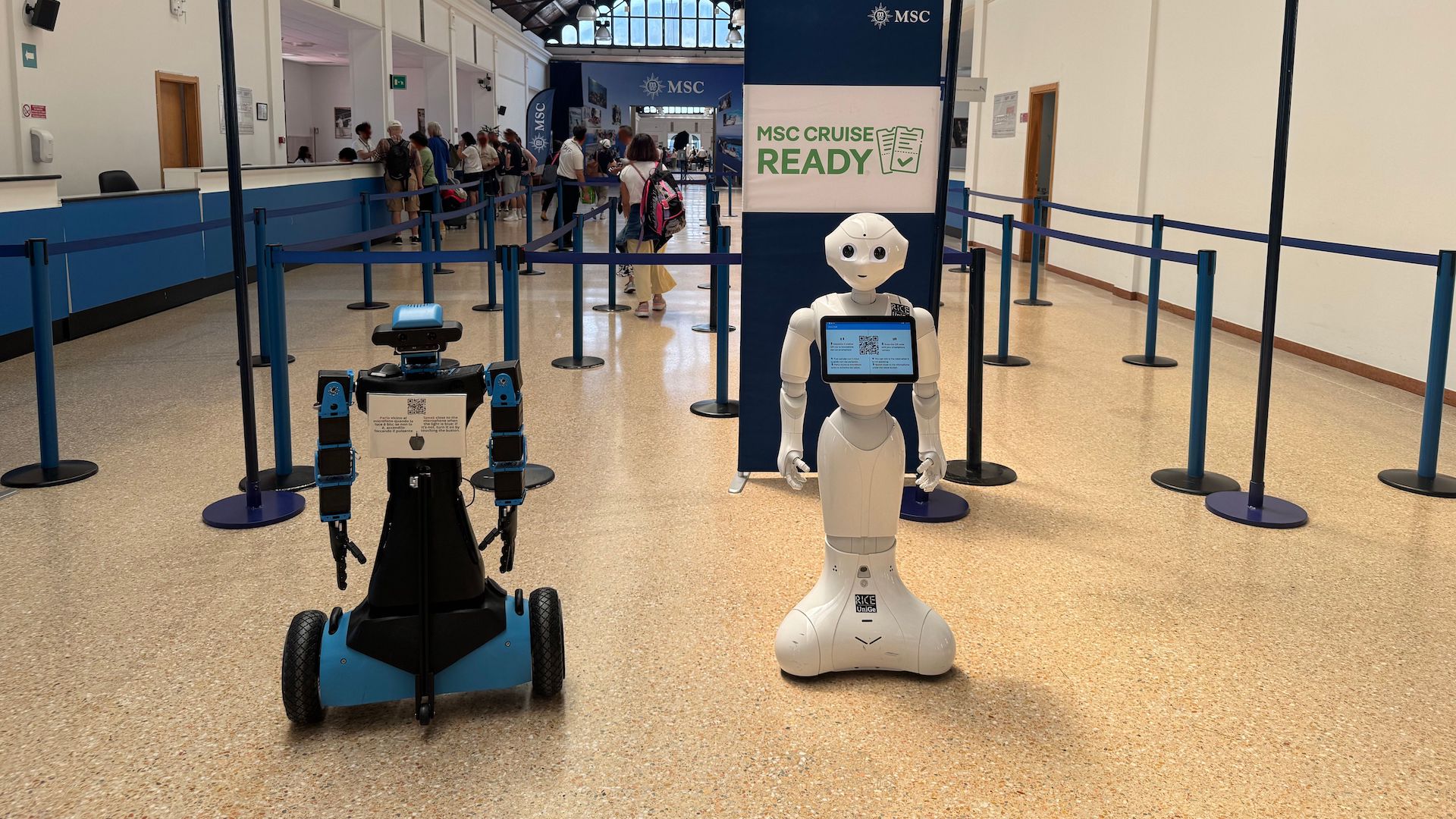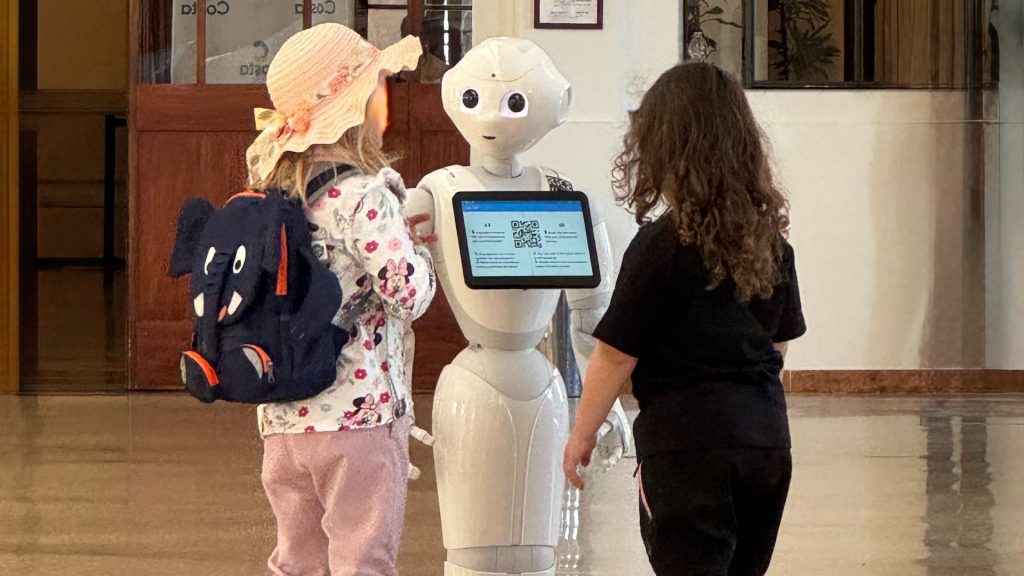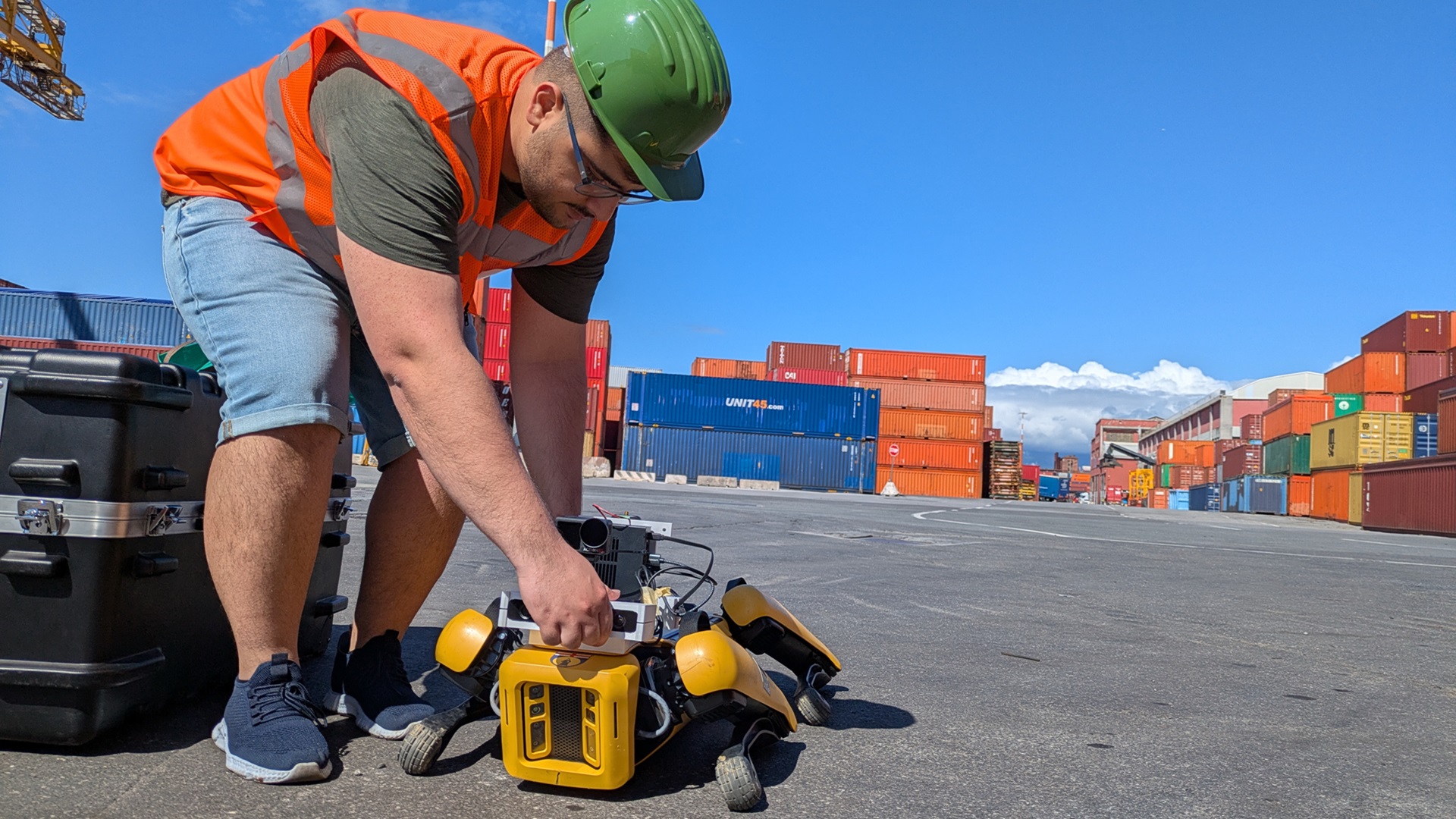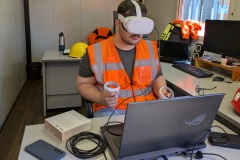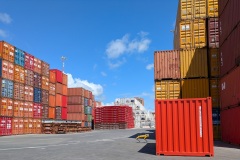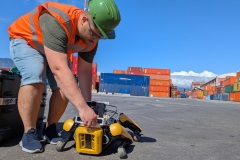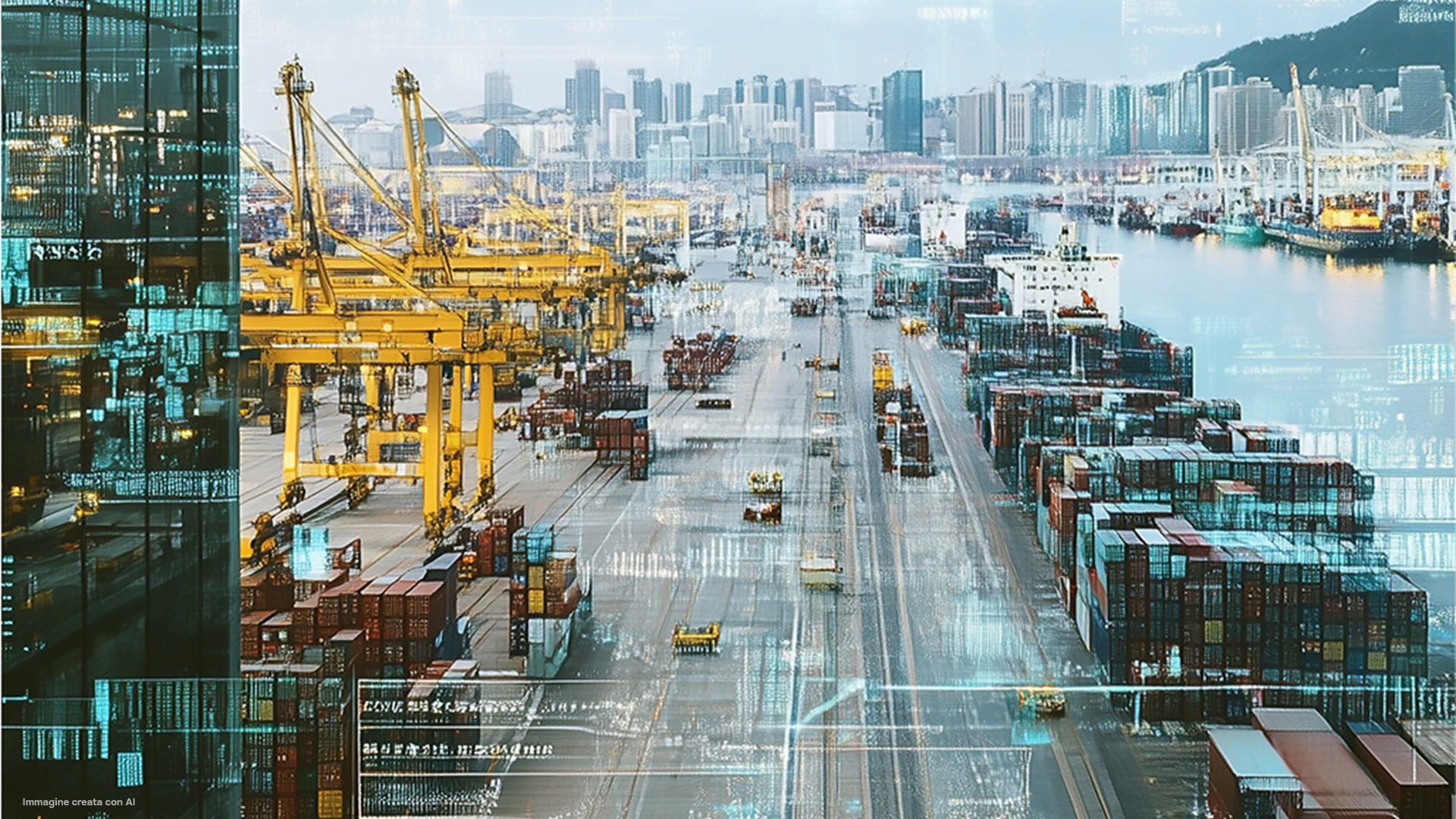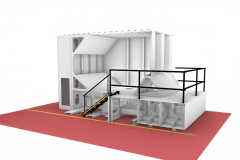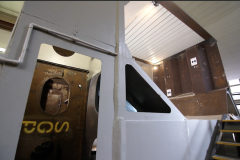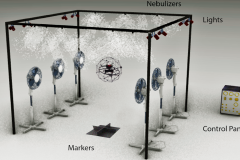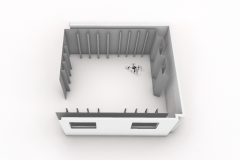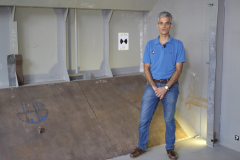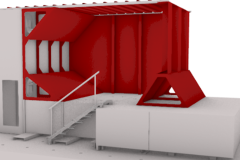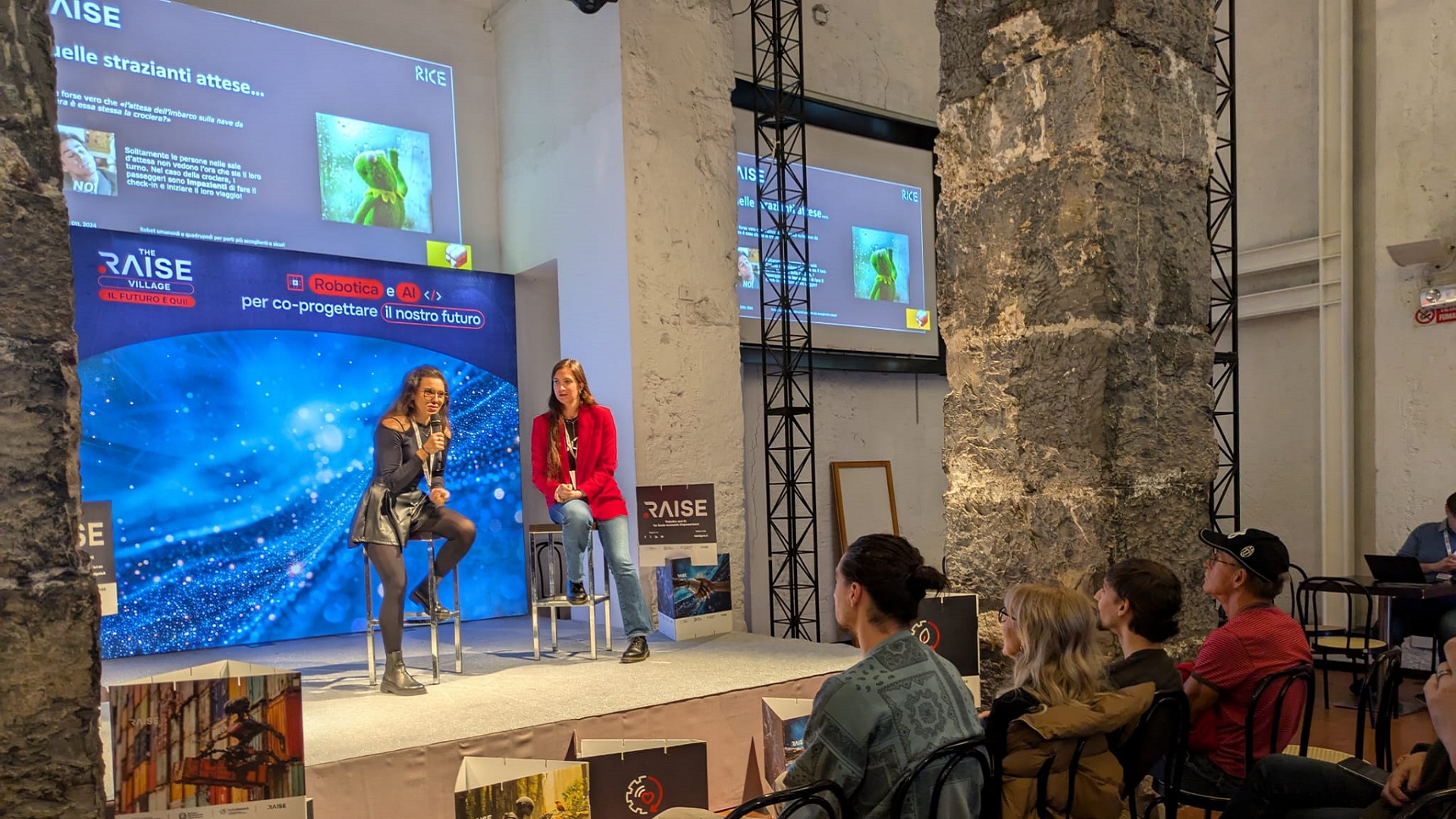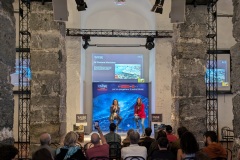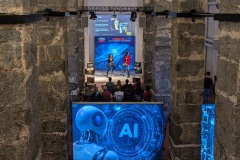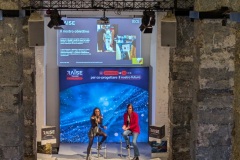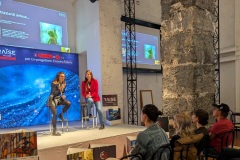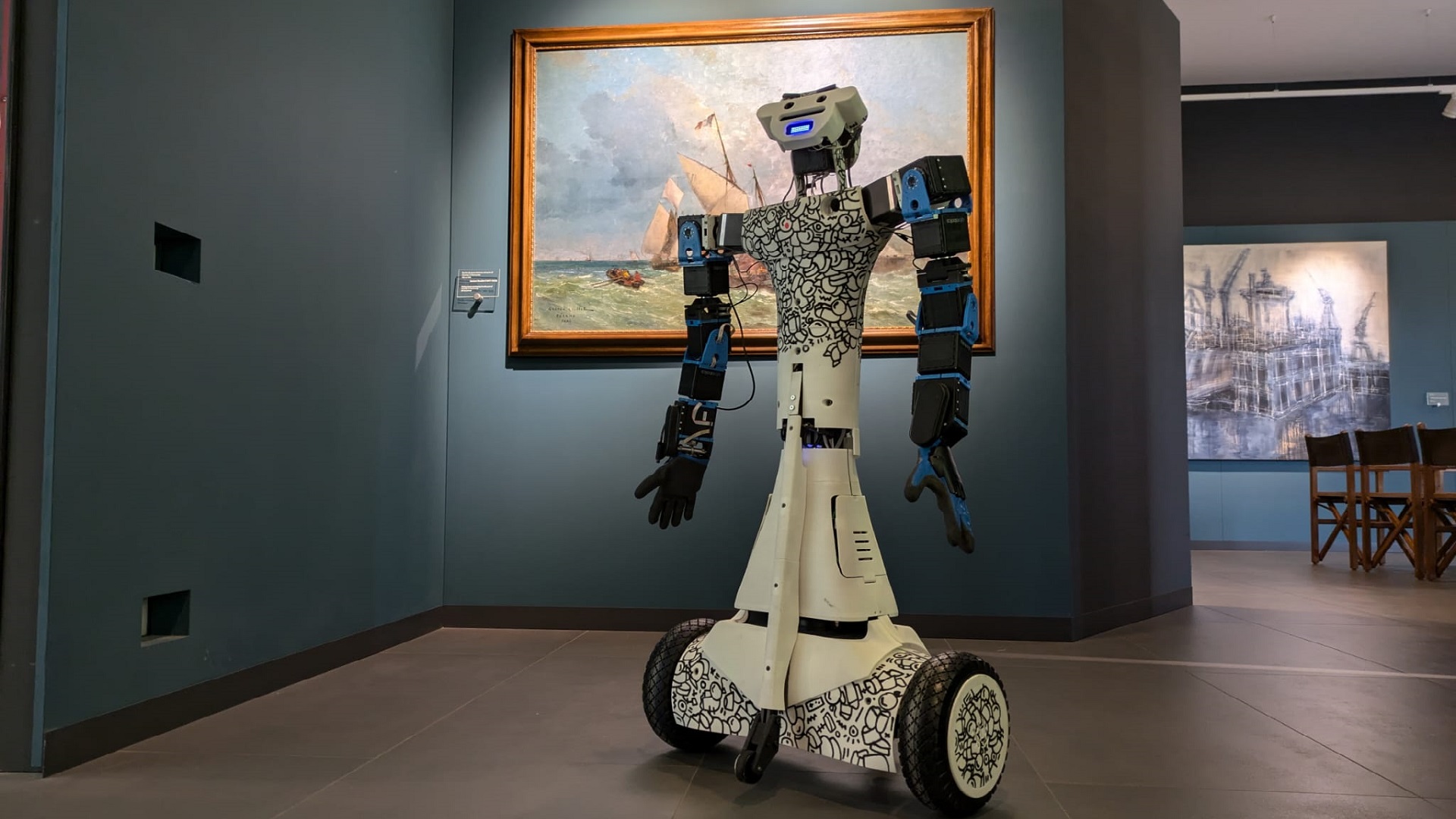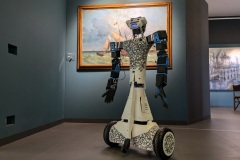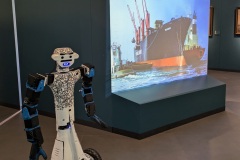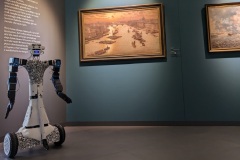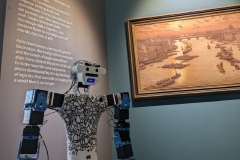During the 19th edition of the International Conference on Intelligent Autonomous Systems (IAS), currently taking place in Genoa until July 4, 2025, the research project BeTwin – Real-Time AI-Powered Urban Port Digital Twin was presented.
The project, developed as part of Spoke 4 of the RAISE program, focuses on artificial intelligence for the smart management of infrastructures and territories.
The presentation was delivered by Francesco Rebora and Ginevra Roggero from Exis Engineering Solutions S.r.l., the lead company of the consortium coordinating the initiative.
BeTwin, funded under the national RAISE program – Robotics and AI for Socio-economic Empowerment, was designed to create an integrated, dynamic, and scalable system for monitoring the port area and the surrounding urban zone.
In addition to Exis Engineering Solutions, the consortium includes T&G Technology & Groupware S.r.l. (FOS Group), SWHARD S.r.l., OnAir S.r.l. and Spindox S.p.A..
During the presentation, it was explained how BeTwin aims to enhance the efficiency, safety, and sustainability of port operations, while also supporting urban planning and environmental monitoring through the synergistic use of advanced technologies, including IoT sensors, drones, cameras, artificial intelligence, and digital twin models.
The system was designed to collect and analyze real-time data from heterogeneous sources, with a specific application at Varco Passo Nuovo, one of the main access points to the Port of Genoa.
The monitored data covers several aspects. For mobility and vehicle traffic, indicators such as delays, queue lengths, and travel times were gathered using GPS tracking and cameras. For anomaly detection and vehicle classification, a two-phase analysis was performed using cameras for object tracking and automatic vehicle type recognition under controlled conditions. Regarding the three-dimensional geometry of the area, laser scanners were employed to produce 3D models useful for planning specific interventions. Environmental data and external impacts were also monitored, with a focus on three key parameters: air quality (with special attention to fine particulate matter to prevent health risks and infrastructure damage), ground vibrations (detected through a distributed sensor network to identify structural anomalies), and noise pollution (mapped using a network of microphones to support potential mitigation measures).
All of this data was integrated into a demonstrative platform capable of processing multivariate information streams, leveraging predictive models and correlations between environmental and infrastructural variables.
“Participating in a conference like IAS is a great opportunity for our company, a small Genoese enterprise. First of all, it’s a way to observe where research is heading, and at the same time, to share our industrial applications with the academic and research world. These are often organizations we already collaborate with on various projects. It’s a valuable context for networking and for starting a conversation on how to industrialize what we consider the result of our internal R&D efforts,” commented Francesco Rebora at the end of the presentation.
The BeTwin project served as a concrete example of interdisciplinary cooperation, involving companies active in complementary sectors.
Its presentation at IAS 2025, a flagship conference in the field of robotics and intelligent systems, was perfectly aligned with the theme of this year’s edition, “Ethical, Responsible, and Inclusive Robotics,” which promotes the adoption of autonomous technologies for the common good and the sustainable development of local areas.

